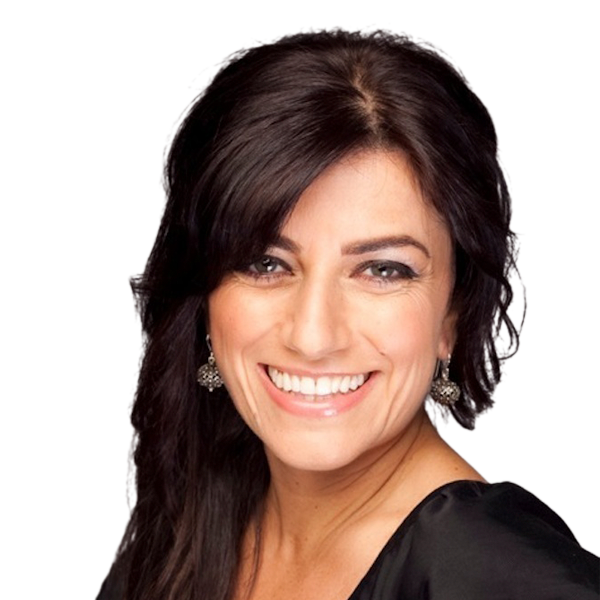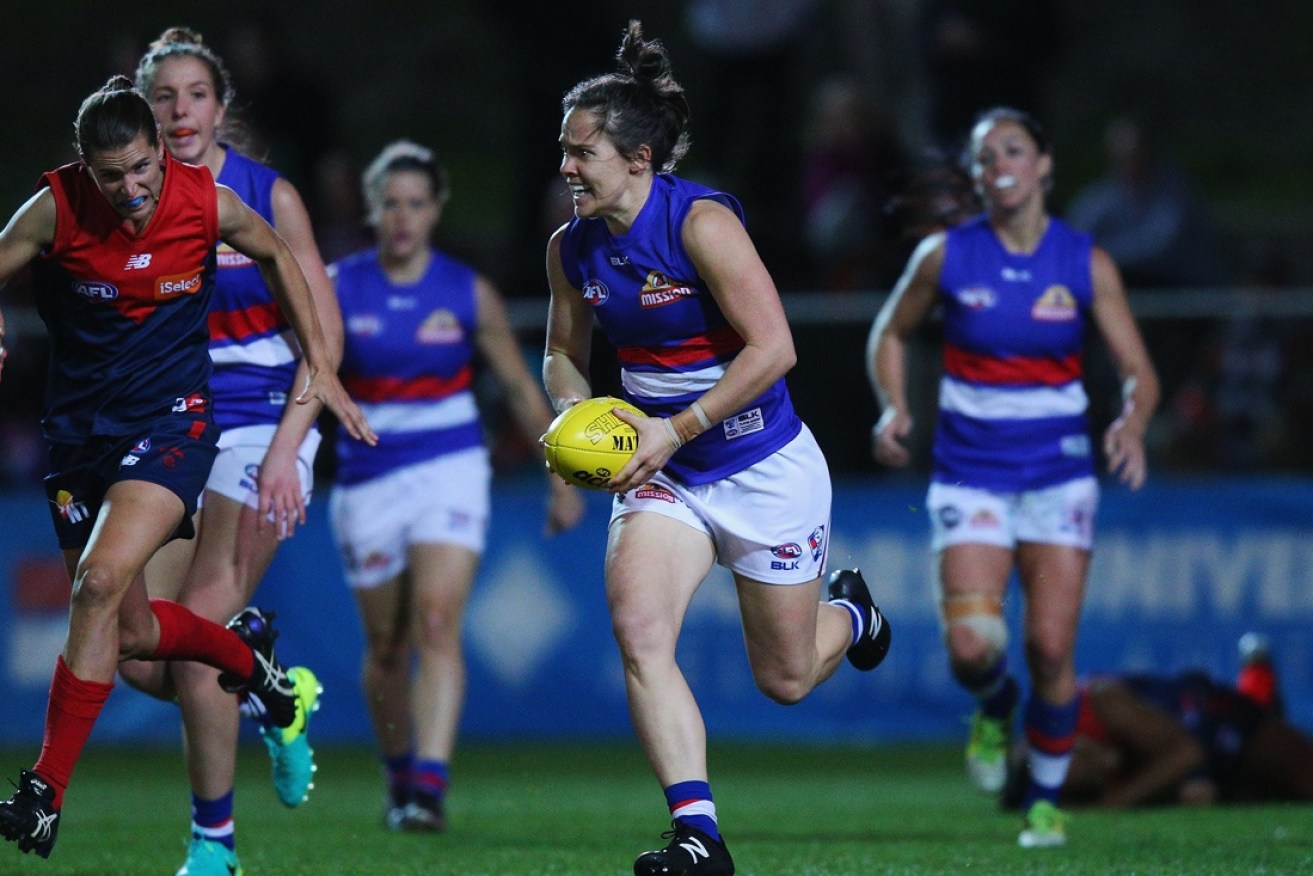Angela Pippos: The moment I knew women’s footy had arrived


An exhibition match between Melbourne and the Bulldogs was a moment of realisation for many. Photo: Getty
Most women athletes’ pay still doesn’t come close to the astronomical figures paid to the men who play their sports, and realistically it won’t any time soon.
So as noble as the fight for equal pay is – and it should always be what we aspire to in the long run – right now it has to be about better pay.
A starting point for that is a fairer base salary so that women have enough money to live while dedicating themselves to their sport.
The Matildas still aren’t paid a fair salary, but by taking a public stand they have earned respect, that feeling of being treated as legitimate elite athletes and not as appendages to the men’s team – not ‘Female Socceroos’.
This is one of the main reasons why the fight for better pay was worth it: respect from the FFA [Football Federation Australia] (no matter how late and how small) and from the sporting public is now being reflected on the park.
It’s all a far cry from the nude calendar of 2000.
Fighting for equal pay also has to be about investing in grassroots and building a bigger audience so that women athletes can command a bigger slice of the pie.
To do that, attitudes must change first.
Constant comparisons to what men earn are pretty much useless, apart from reminding us of just how dreadfully lopsided the whole game is for women.
It’s hard to think of another industry so skewed in favour of men from the day they’re born.
Even without comparing the AFL salaries of men and women, the AFLW wages look very light.
Under the AFL’s initial proposal, most of the two hundred players stood to earn $5000 for a 22-week contract, including superannuation but excluding private health cover. (Marquee players were in line to receive $25,000, and high draft picks and special priority selections $10,000).

Collingwood’s Moana Hope is one of the AFLW stars. Photo: Getty
The AFL justified these low figures with the narrative that the ‘journey has begun for women’ – although, interestingly, young men beginning their journey as AFL rookies in 2016 earned a base wage of $57,100.
In November 2016, after months of negotiations between the AFL and the AFL Players’ Association (AFLPA), a new pay deal was struck.
Under the two-year agreement, marquee players will now earn $27,000, priority players $12,000 and the remaining players on the list $8500.
Players will still have to pay for private health insurance, but the AFL will cover: footy boots and runners, a travel allowance when playing interstate, income protection insurance, out-of-pocket medical expenses for fifty-two weeks post-contract and a carers allowance for players travelling interstate with a child under twelve months old.
The new deal will make the athletes feel a little more ‘semi-professional’, but has the journey for women really ‘just begun’?
If we’re to characterise a woman’s worth by her journey (or lack thereof), we need to consider the whole journey – not just the final leg.
Think about the journey that most women who play football have been on.
In the early years they were repeatedly told that they couldn’t play, and those who did shun convention were forced to play in boys’ teams, use boys’ change rooms, and wear leftover uniforms made for boys that were so large and gaping you could smuggle two extra players onto the field.
At fourteen they were told to quit because girls weren’t allowed to play in boys’ teams from that age.
The really determined ones found the path again at eighteen, but four years out of the game is detrimental to anyone’s career.
The women who managed to make it that far had a hard time getting access to training facilities, playing grounds and change rooms that were gender-appropriate.
They had to fight tooth and nail to even borrow a football to train with; they were given the last-choice coach and ridiculed for playing a masculine sport.
‘No one wanted to be associated with us,’ a former Melbourne University woman footballer told me.
Even the curator of the ground offered up his opinion, telling them to focus on their studies and social life, not footy.
This is a typical journey for a woman with a passion for Australian Rules.
To read part 2 of the extract, please click here.
This is an extract from Angela Pippos’ Breaking The Mould: Taking A Hammer To Sexism In Sport (Affirm Press). Available now, $29.99









